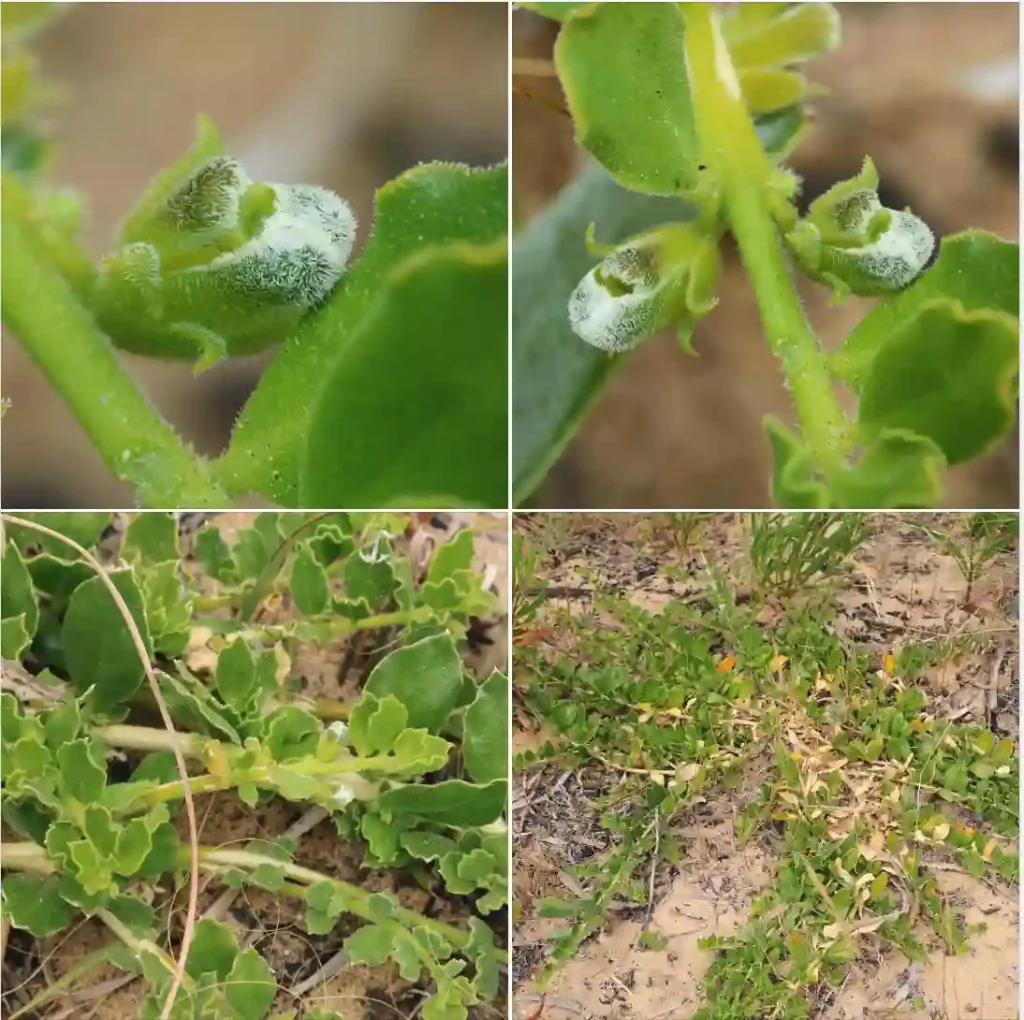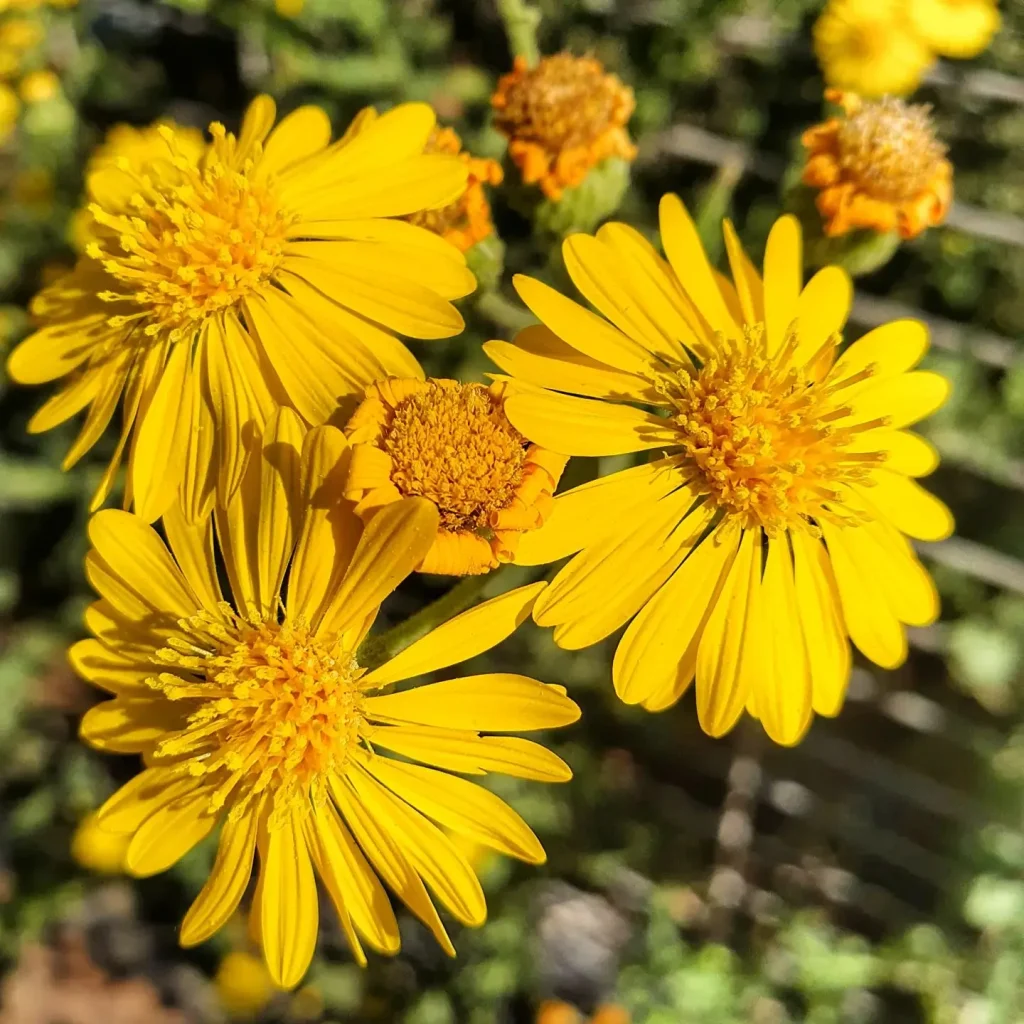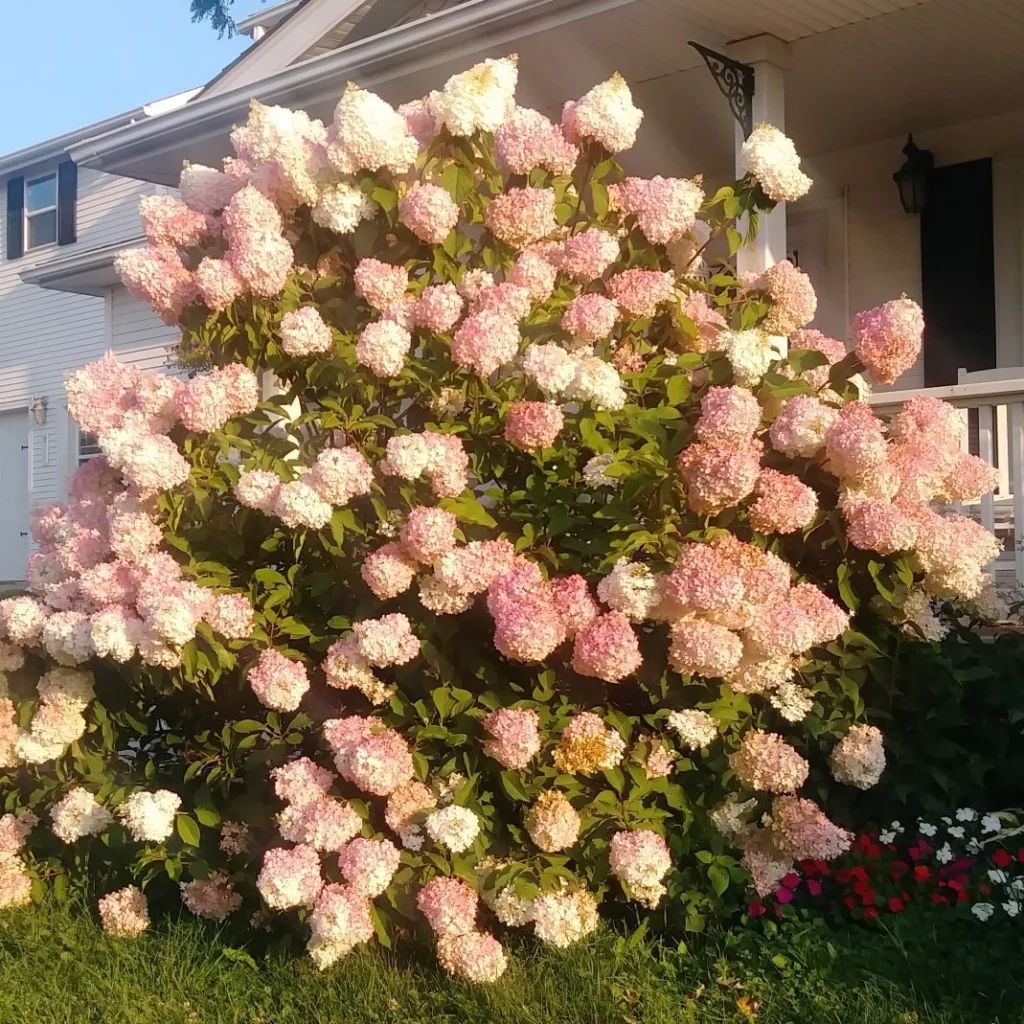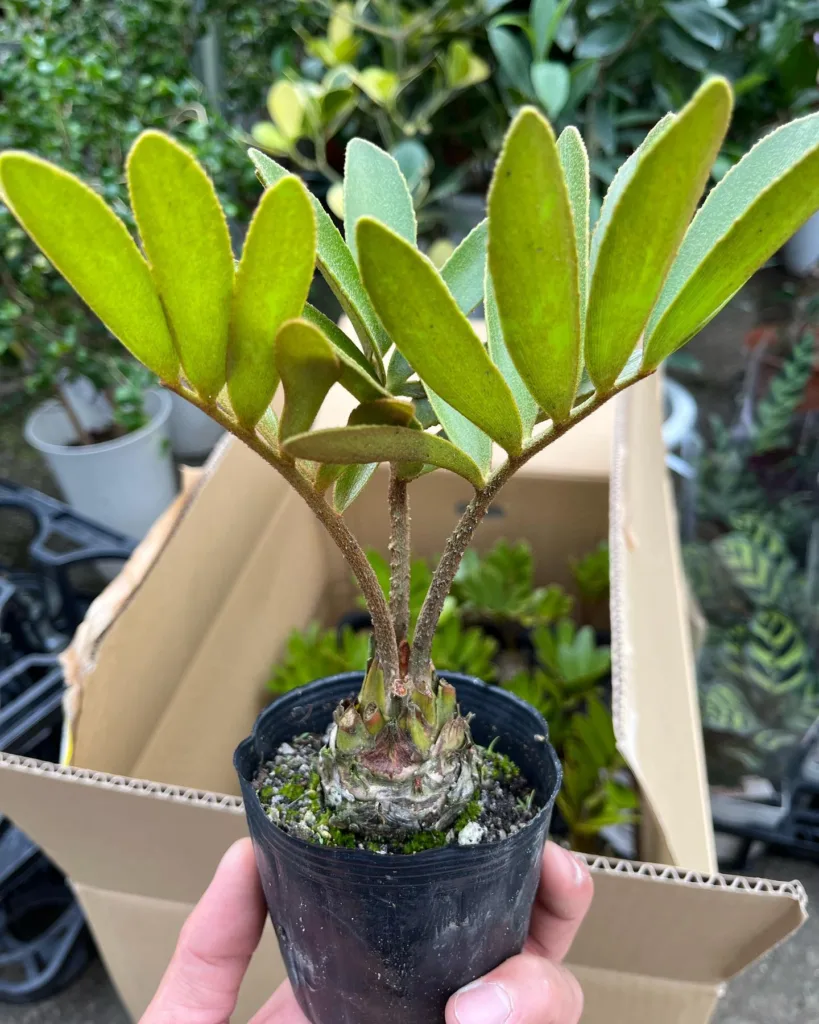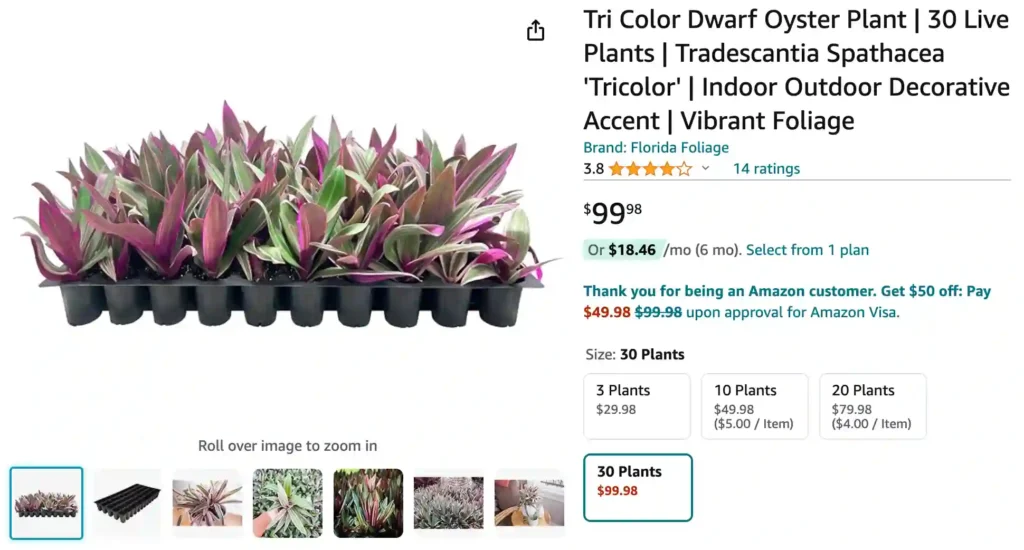
How to care for Tradescantia spathacea?
The Tradescantia spathacea, also known as the Oyster Plant, Boat Lily, or Moses in the Cradle, is a popular houseplant known for its beautiful foliage and ease of care. Here’s a rundown on how to keep yours thriving:
86 Species in Genus Tradescantia
Light:
- Prefers bright, indirect sunlight year-round. Too much direct sun can scorch the leaves, while insufficient light can make the plant leggy and reduce flower production (although it blooms infrequently). East or west-facing windows are ideal.
Watering:
- Water your Tradescantia spathacea when the top inch of soil dries out. Overwatering is a major threat, so avoid soggy soil. Allow excess water to drain freely through the pot’s drainage holes.
- Watering frequency depends on pot size, light conditions, and season. Generally, you might water once a week in summer and even less often in winter.
Humidity:
- While Tradescantia spathacea tolerates average household humidity levels, it thrives with increased humidity, especially during dry winters or in drier climates. You can group plants together, use a pebble tray with water, or mist the leaves occasionally (avoiding over-misting) to increase humidity around the plant.
Temperature:
- Prefers warm temperatures between 60°F and 75°F (15°C – 24°C). Avoid cold drafts and sudden temperature fluctuations.
Soil and Potting:
- Use a well-draining potting mix. A succulent or cactus mix works well, or you can create your own by mixing regular potting mix with perlite or sand for added drainage.
- Repot every 1-2 years or when the plant outgrows its current pot. Choose a pot with drainage holes slightly larger than the root ball.
Fertilizing:
- Not a heavy feeder. During the growing season (spring and summer), you can fertilize once a month with a balanced houseplant fertilizer diluted to half strength. Stop fertilizing altogether during winter.
Additional Care Tips:
- Wipe leaves occasionally with a damp cloth to remove dust and improve air circulation.
- Pinch back leggy stems to encourage bushier growth. You can propagate the cuttings in water or soil to create new plants.
- Be mindful that Tradescantia spathacea is mildly toxic, so keep it out of reach of pets and children.
How to propagate Tradescantia spathacea?
Propagating Tradescantia spathacea is pretty straightforward and rewarding. I usually take stem cuttings, ensuring each has at least a couple of nodes. After cutting, I let the ends dry out for a day or so before placing them in water or moist soil. In water, they root quickly and can be transferred to pots once the roots are a few inches long. It’s an easy way to share the plant with friends or just expand my collection.
How much light do Tradescantia spathacea need?
Tradescantia spathacea thrives in bright, indirect light, which helps maintain its colorful foliage. I keep mine near a window that gets plenty of light but not direct sun, which can scorch the leaves. If it doesn’t get enough light, I’ve noticed it becomes leggy and loses some of its vibrant hues, so finding the right spot is key.
How to pronounce Tradescantia spathacea?
Pronouncing Tradescantia spathacea took me a bit of practice! It’s pronounced trad-es-KAN-tee-uh spath-uh-SEE-uh. Breaking it down into syllables helped me get it right, and now it rolls off the tongue easily when I talk about my plants.
How to prune Tradescantia spathacea?
Pruning my Tradescantia spathacea is something I do regularly to keep it looking tidy and promote healthy growth. I simply trim back any leggy or overgrown stems with clean scissors. It’s also a good opportunity to remove any damaged or yellowing leaves. Pruning encourages the plant to become bushier, which I love because it makes the plant look fuller.
Is Tradescantia spathacea poisonous to cats?
Unfortunately, Tradescantia spathacea is indeed poisonous to cats. The sap can cause irritation if ingested or if it comes into contact with their skin. Because of this, I keep my plant out of reach of my curious feline friends to ensure they stay safe. If I notice any signs of chewing, I move the plant to a more secure location.
Tradescantia Spathacea vs Nanouk
Tradescantia Spathacea and Nanouk differ in their growth habits and leaf colors, with Spathacea featuring upright growth and dark green leaves, while Nanouk exhibits trailing growth and displays a mix of pink, green, and white hues on its leaves.
If i die, water my plants!
